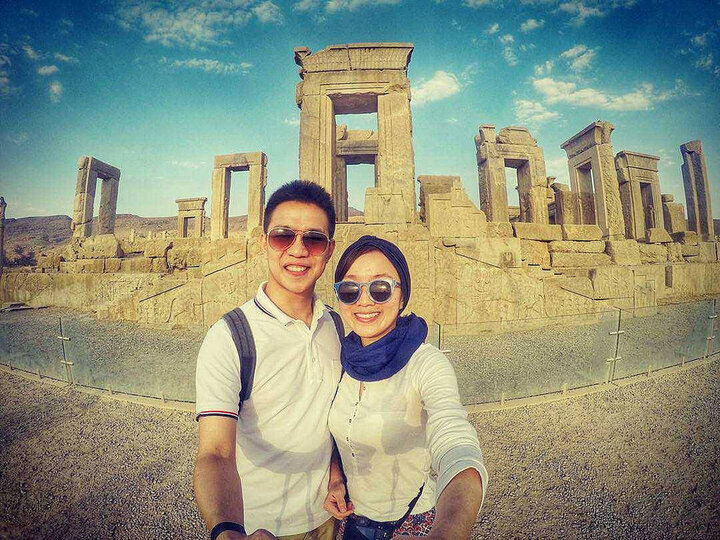Iran seeks to attract more sightseers from Japan

TEHRAN – The Islamic Republic of Iran aims to draw further travelers from Japan, a tourism ministry official in charge of foreign tourism marketing has said.
Leyla Ajdari said last week that maximum attraction of Japanese tourists will be possible with a coherent program.
“Having plans to attract Japanese tourists, we will soon participate in the JATA Tourism Expo Japan,” she said.
Elsewhere in her remarks, the official reminded some tourism projects being carried out using Japanese expertise.
“In addition, based on an agreement, Japan International Cooperation Agency (JICA) is undertaking projects to develop tourism infrastructure in the (Iranian) provinces of East Azarbaijan, West Azarbaijan, Ardabil, Zanjan, Qazvin, and Kordestan.”
“Those provinces are expected to have a serious entry into the international markets on the one hand, and experience the prosperity of domestic tourism on the other hand,” she said.
“Japan ranks third economic power in the world. It has a population of over one hundred and twenty-six million people with some four million incoming tourists and three million outgoing travelers,” the official noted.
“Japanese tourists are more interested in traveling to countries such as the U.S., China, France, the Philippines, and South Korea, and most tourists who travel to Japan are from countries such as the U.S., China, Vietnam, South Korea, and India.”
Ajdari said Japanese travelers are one of the best. “Japanese tourists are among the best travelers in the world… And Japan is the traditional target market for Iran tourism.”
“Japanese children read about Persia in textbooks from a very young age. We should appreciate this market and improve our infrastructure and service standards. Hoping to attract the maximum number of Japanese tourists will be possible with coherent planning,” the official explained.
According to the deputy tourism minister Ali-Asghar Shalbafian, a total of 715,519 foreign travelers, mainly from Iraq, Turkey, Azerbaijan, Afghanistan, and Pakistan, visited Iran during the first three months of the current year (started on March 21),
Iran’s tourism industry has tremendously suffered from the international coronavirus restrictions so the number of foreign arrivals in 1399 decreased by more than 94% in comparison to the year 1398, Shalbafian said.
Elsewhere in his remarks, the deputy minister said only 74 foreign travelers arrived in the country during the spring of 1399. “During the first three months of the year 1399, only 74 foreign tourists visited Iran.”
“Citizens from the neighboring countries have been the main source of tourism for Iran since coronavirus restrictions were eased several months ago,” Shalbafian said, addressing the World Tourism Industry Conference held in Seoul, South Korea, on June 23.
“A turning point in the country’s tourism trend in the post-coronavirus period is the welcoming of tourists from neighboring countries.”
Iran’s tourism has experienced a boom in domestic tourism and a large number of Iranian citizens traveling during the Persian new year holiday (Noruz), the increase in incoming tourists following the re-issuance of visas, and the facilitation of the required conditions for tourists in post-coronavirus time, the official explained.
Last year, the Ministry of Cultural Heritage, Tourism and Handicrafts announced that tourism in the country was growing before the corona outbreak, its revenues reached $11.7 billion in 2019, which accounted for 2.8% of GDP, nearing the average share of tourism in the world GDP, which was 3.2 percent.
Experts expect Iran to achieve a tourism boom after the coronavirus is contained, believing its impact would be temporary and short-lived for a country that ranked the third fastest-growing tourism destination in 2019.
A wallet-friendly destination with hospitable people, Iran has long been a desired destination for nature lovers, birdwatchers, powder chasers, culture devotees, pilgrims, museum-goers, foodies, adventurers, and medical travelers to name a few.
All things considered, the ancient land is determined to get through the coronavirus crisis with a greater reliance on its numerous tourist spots of which 26 are UNESCO World Heritage, and above all, its welcoming, sociable people.
AFM
